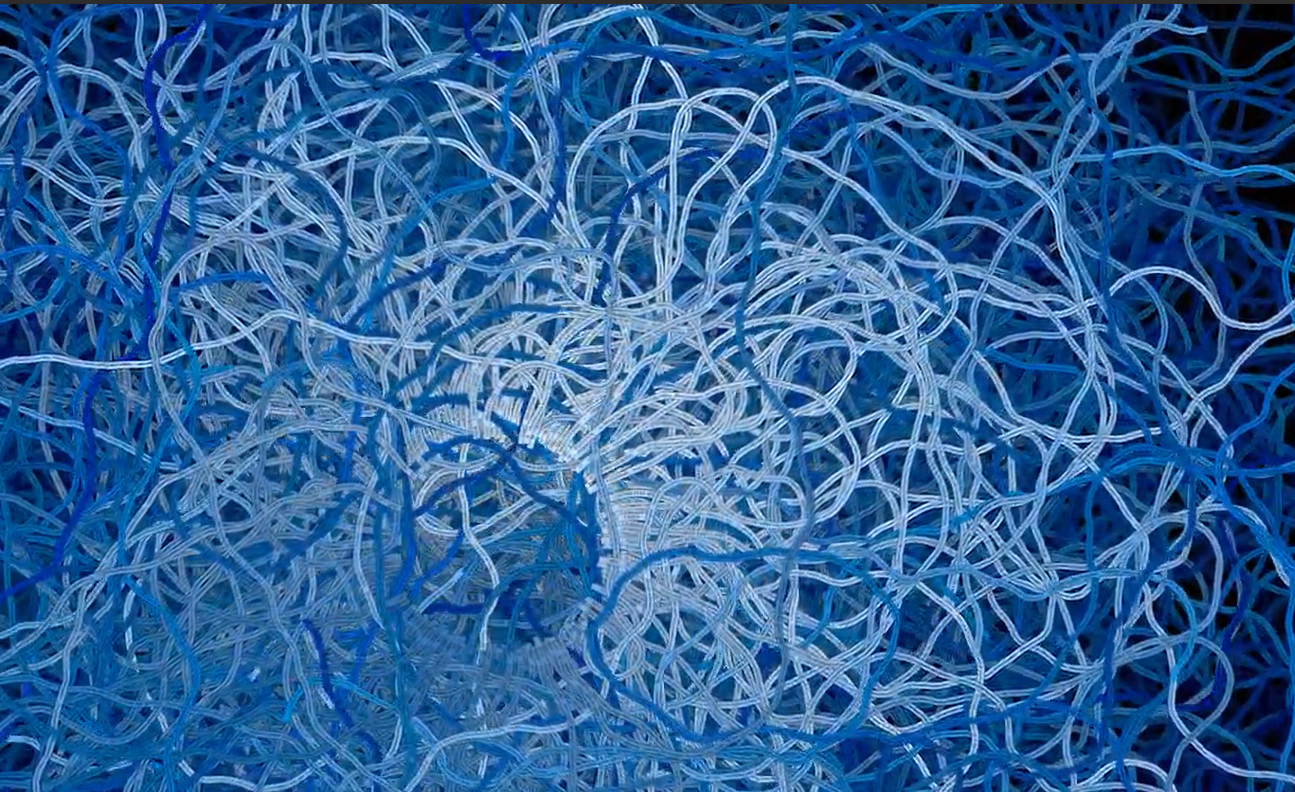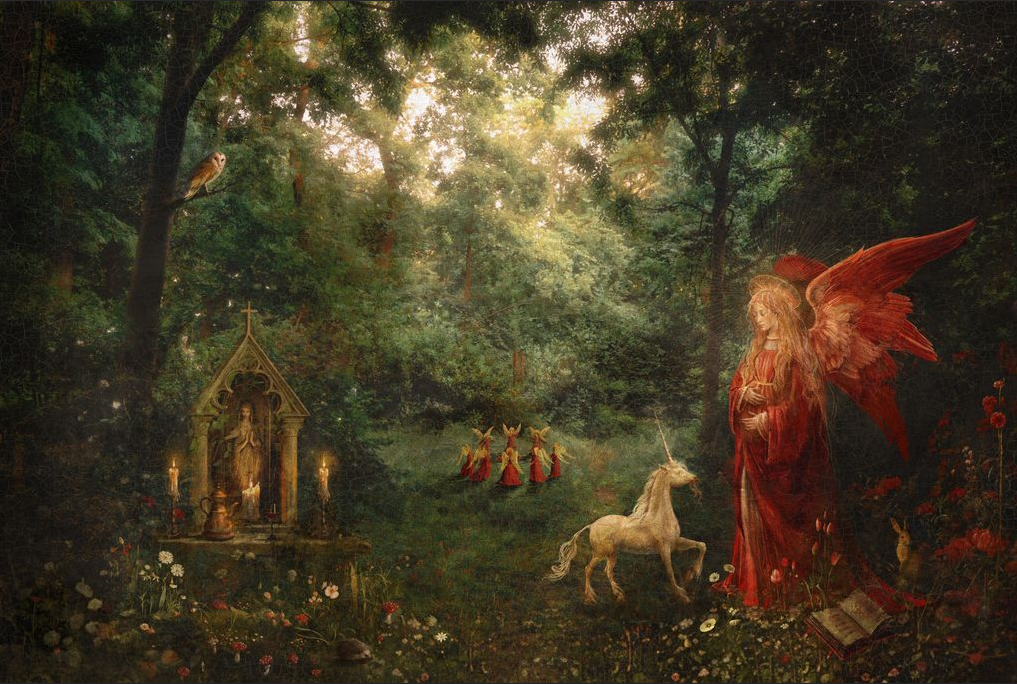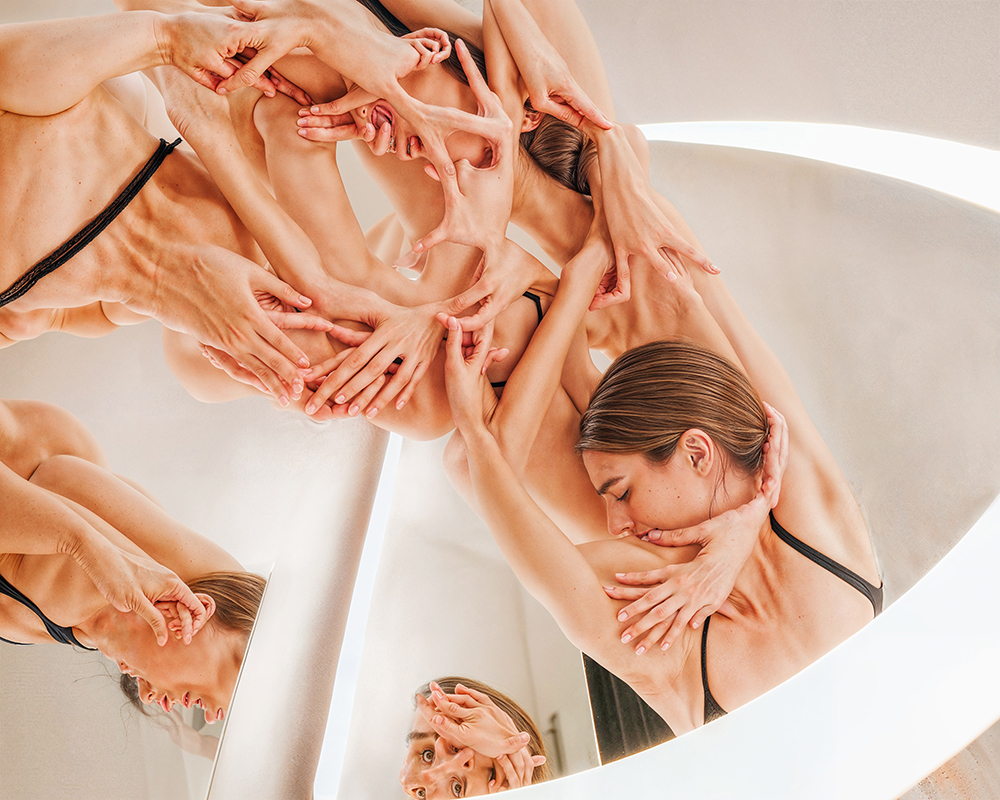Comment
We should be taking digital art seriously – our clients do
Art and private banking have always been intertwined. Trends in art are shaped by those with private means to support artists. Rani Jabban writes.

RVig, “Les Fleurs du Mal” (Arab Bank Switzerland, Digital Art Prize winner this year).
And because of the amounts involved, our industry has often been at the heart of that relationship. Digital art is the next step.
We have taken pride in providing our clients with the expertise, innovation and guidance around this evolving patronage process. Because of that role, we note that private banking has, through the ages, helped shape art that defines cultures, generating some of the greatest stores of wealth ever created. And yet, this time, it appears to be different. Right now, there is a fast growing global art trend attracting billions of our clients’ money that is being supported and closely monitored by the top tier museums, critics and auction houses. But our industry is notable only for its absence. We need to get on it.
Follow the money
The briefest glimpse of art history demonstrates the power of the art/wealth relationship. During the renaissance the art reflected the passions of the powerful who wanted to be associated with imagery and ideas from religion and mythology. In the industrial revolution, the money and support was for the artists who created idyllic rural imagery (perhaps to distract from the damage being done to rural communities.) Today, money lies in the technology and finance sectors resulting in a growing interest in digital assets; we are seeing billions being poured into digital art.
This is why in 2021 we saw the digital artist Beeple sell a digital art collage of his work for $69m making him the 3rd most expensive living artist at auction (after Hockney and Jeff Koons, no less.)

Samantha Cavet and Eva Eller, “Angelorum Gaudium”.
And while the skeptics like to point out the oft repeated statistic that since 2021, 95% of the value of NFTs has been lost, understanding what is happening with that 5% is really important. Because that 5% represents those that view NFTs as a medium for carrying extraordinary, next generation digital art as opposed to a quick-flip tradable instrument. This fast growing group has seen through the distraction created by the speculative money that chased the NFT boom and created a bubble.
Instead they view NFTs more as an exciting technology to carry art into the digital age, with computers ultimately performing the same function as canvas in previous centuries. And whilst they are likely to be investing for passion rather than profit, they are benefiting substantially from this interest. Digital art as a sector has grown in value by 15 times since early 2021 ($13bn at end March 2024.)
An accelerating trend
What is more, this trend is likely to accelerate as the generational wealth transfer accelerates. The highly elusive next generation of younger HNWI that our industry is desperate to reach are spending 3 times more on digital art than their parents. The younger generation are digital natives and are automatically interested in art that represents their generation and interests.
And then there is the fact that from a purely practical perspective, digital art has substantial advantages over traditional art. For a start its liquid – quickly and easily transferable. As an asset it is easier to manage, can be incorporated into financial wealth management as part of a financial statement, creating the potential of monetisation at any time. It can also be stored with total security and as it is based around a shared ledger that creates multiple points of authentication it is better protected from the fraud and replication that plagues the traditional art world.
An explosion of creativity
And whilst, as Private Bankers, it is our business to understand where wealth is flowing and how that process can be optimised for our clients it’s also useful to understand the symbiotic relationship between money, artists and the new technology that is driving the boom. After all – no one would have printed so much vinyl if the musicians were not creating music people wanted to hear.
Bottom line: A significant proportion of the energy, innovation and talent in the art world is being channeled towards creating extraordinary digital art. And it is not hard to see why… if you are an artist you suddenly have tools and powers that you did not have before. Nothing less than the capacity to be directly in touch with communities of buyers and sellers. This represents a power shift. I believe there will always be a role for intermediaries in the digital art market, it is after all how clients are used to finding and acquiring quality art. But, for the first time, artists now have the capacity to be their own galleries and marketing officers. And all this before you consider the exciting artistic possibility created by this medium.
So artists are highly incentivised to focus their creativity into this space and unsurprisingly the results are spectacular. Which is why the major museums (LACMA, Pompidou, MoMA, Crystal Bridges) are building permanent digital art collections. It’s why Christies and Sothebys have large teams dedicated to the space and multiple dedicated digital art events each year. And it was visible in ABS’s own global digital art prize this month. Only, in its second year, it attracted over 400 entrants from 56 countries including many top tier artists. The range of beautiful. emotive works showcased the advance of this fast-evolving art medium.

.Roope Rainisto & Irina Angles,“Take me to myself”.
Missing a trick
A new, disruptive art technology is driving a movement. And that in turn is creating a fast growing sector in the art world that our clients are heavily involved in financing. Last year Sotheby’s saw a rise of more than 50% relative to 2022 in the space.
However, digital art remains invisible in the banking world. Major reports from global banks on the global art market out this month simply do not mention the sector.
Furthermore you would be hard pushed to find a major banking house offering a view. This is an oversight that we ought to address – if major museums, auction houses and critically our clients are excited about the space they will need advice and guidance on financing the art that is being generated. It is very rare for our industry to be behind the curve.
We are perhaps doing ourselves a disservice if we miss out on the opportunity to be involved in one of the most fulfilling aspects of our job. Helping our clients to focus their wealth in ways that deliver them the most satisfaction whilst creating a legacy they are proud of is why many of us chose this sector of financial services. After all, art is at the apex of wealth creation and digital art is the next chapter of that story. Time to take it seriously.
Rani Jabban, Managing Director, Arab Bank Switzerland